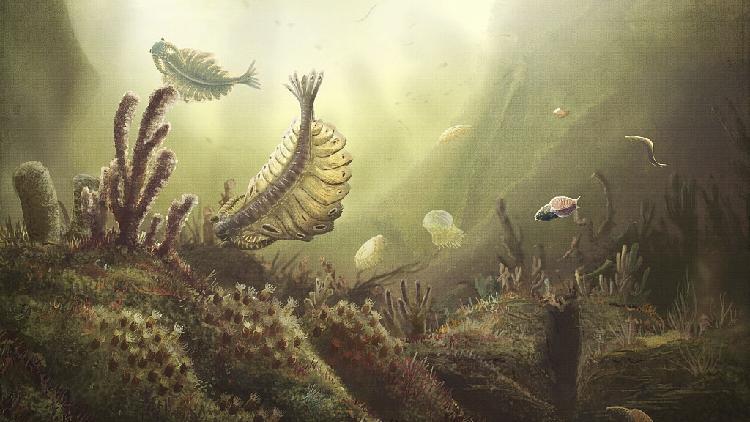Chinese scientists reveal key factors behind the Cambrian Explosion
Researchers from China reveal crucial elements behind the Cambrian Explosion of life.

The Cambrian Explosion took place around the early Cambrian period, roughly 541 million years ago. This era saw a rapid increase in taxonomic diversity, morphological variation, and ecological complexity among early animals.
Global oceanic oxygenation has been suggested as the main catalyst for this swift evolution. However, recent findings indicate that the oxygen needed to meet the basic metabolic needs of early animals might have already been sufficient.
Some researchers argue that oceanic oxygenation could be a result of the Cambrian Explosion rather than its cause, and that it can interact with animal evolution through positive feedback loops.
Thus, the precise relationship between oceanic oxygenation and early animal evolution remains elusive.
To explore marine habitability during the Cambrian Explosion, researchers from the University of Science and Technology of China examined the excess barium contents and isotope compositions in Cambrian metalliferous black shales located in the Yangtze Block of South China.
They found that global oceanic oxygenation during the Ediacaran-Cambrian transition may have increased the sulfate reservoir through the oxidation of sulfide. Simultaneously, it may have reduced the barium reservoir via barite precipitation.
High barium concentrations in water can hinder the survival of aquatic animals. Therefore, the elimination of sulfate and barium, both harmful to animals, could have enhanced marine habitability, facilitating the Cambrian Explosion of early animals.
The study was published in the journal *National Science Review*.
Olivia Brown contributed to this report for TROIB News
Discover more Science and Technology news updates in TROIB Sci-Tech












